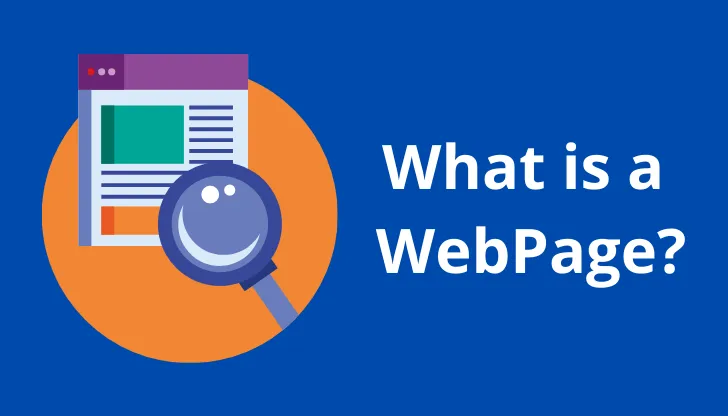Introduction
In today’s digital age, web pages are the building blocks of the internet. They serve as the primary medium for sharing information, entertainment, and services online. This article explores the various components, types, and functions of web pages, providing a thorough understanding of their significance in our daily lives.
What is a Web Page?
A web page is a document accessible via the internet, typically written in HTML (HyperText Markup Language). It can contain text, images, videos, and links to other web pages. When combined, multiple web pages create a website, which can range from simple personal blogs to complex e-commerce platforms.
Components of a Web Page
1. HTML (HyperText Markup Language)
HTML is the standard markup language used to create web pages. It structures the content by using tags that define elements such as headings, paragraphs, links, images, and more.
2. CSS (Cascading Style Sheets)
CSS is used to style web pages, controlling layout, colors, fonts, and overall aesthetics. It separates content from design, allowing developers to create visually appealing web pages.
3. JavaScript
JavaScript is a programming language that adds interactivity to web pages. It enables dynamic content updates, animations, form validations, and much more, enhancing the user experience.
4. Multimedia Elements
Web pages often include images, videos, audio files, and animations to engage users and provide a richer experience. These elements can be embedded or linked from external sources.
5. Links and Navigation
Hyperlinks are crucial for web pages, allowing users to navigate between different pages or websites. Effective navigation structures enhance usability and improve user retention.
Types of Web Pages
1. Static Web Pages
Static web pages are fixed and do not change unless manually edited. They display the same content to every visitor, making them simple and easy to create. However, they lack interactivity and are less suited for dynamic content.
2. Dynamic Web Pages
Dynamic web pages can change content based on user interactions, server responses, or database queries. They are often used in web applications, such as social media platforms, e-commerce sites, and content management systems.
3. Landing Pages
Landing pages are designed for specific marketing campaigns, often focusing on a single product or service. Their primary goal is to convert visitors into leads or customers.
4. Blog Pages
Blogs are regularly updated web pages that provide articles, news, or opinions. They often encourage user engagement through comments and sharing features.
5. Portfolio Pages
Portfolio pages showcase an individual's or organization's work, skills, and achievements. They are commonly used by freelancers, artists, and professionals to attract potential clients.
Importance of Web Pages
1. Information Sharing
Web pages are vital for disseminating information quickly and efficiently. They provide users with access to a vast array of knowledge on any topic imaginable.
2. Business and Commerce
For businesses, web pages serve as an online presence, facilitating marketing, sales, and customer engagement. E-commerce sites enable transactions, while informational pages build brand credibility.
3. Community Building
Web pages foster communities by providing platforms for discussion, collaboration, and networking. Forums, social media, and group pages connect individuals with similar interests.
4. Education and Learning
Educational institutions use web pages to offer courses, resources, and information. Online learning platforms and e-learning websites have transformed traditional education.
Conclusion
Web pages are an integral part of the internet, shaping how we access information, communicate, and conduct business. Understanding their components, types, and significance allows individuals and organizations to leverage their full potential in the digital landscape. As technology continues to evolve, web pages will undoubtedly adapt, playing an essential role in the future of online interaction.
